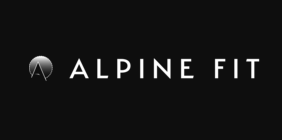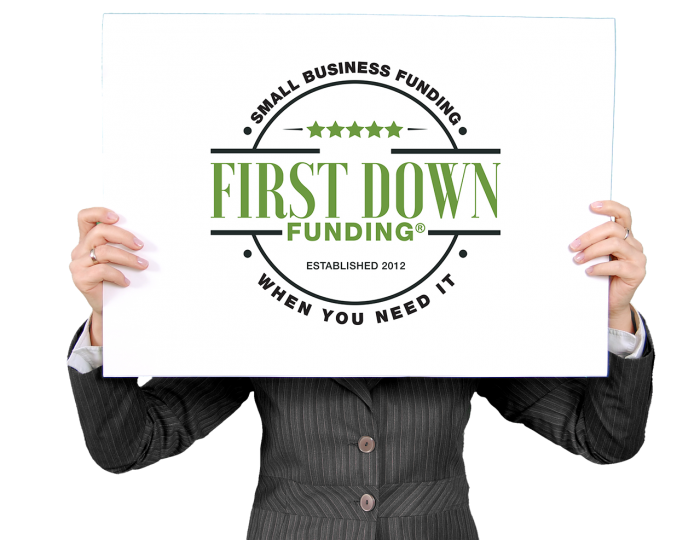Doing Business In Alaska
Business Facts
The oil and gas industry is the largest component of Alaska’s economy. Nearly 85 percent of the state budget is supplied by oil revenues. The fortunes of Alaska’s oil industry, and therefore many sectors of the economy, are dependent upon world oil prices.
Forests add to Alaska’s beauty and provide a renewable economic resource. With 28 million acres of commercial forest, Alaska’s timber industry supplies world markets with logs, lumber, pulp, and other forest products. Much of Southeast Alaska is part of the Tongass National Forest, a 16.8 million acre rainforest. The Chugach is the nation’s second largest national forest with 4.8 million acres.
Alaska contains half the nation’s coal reserves, and its largest silver and zinc mines. Glittering gold in Alaska’s streams and mountains still lure miners to work private claims.
About 15 million acres of soil in Alaska are suitable for farming, with 1 million acres currently in production. The long daylight hours of summer produce vegetables of extraordinary size. Farmers in the Matanuska Valley grow cabbages weighing more than 90 pounds.
Small Business and Startup Environment
Major Companies
Its strong economic sectors include the federal government, the military, mineral extraction, oil and gas, and seafood. The tourism industry also continues to grow each year thanks to Alaska’s abundance of beautiful natural resources, such as Glacier Bay. Here is some background on eight major employers in Alaska:
Providence Health & Services, Carrs-Safeway Alaska Division, Fred Meyer, Walmart/Sam’s Club, Trident Seafoods, Alaska Airlines, ASRC Energy Services, Yukon-Kuskokwim Health Corporation.
Step 1: Choose A Business Structure
The most common business structures are sole proprietorship, partnership, limited liability company (LLC), and a few different types of corporations—the standard corporation (often called a C corporation or “C corp”), the small business corporation (often called an S corporation or “S corp”), and the benefit corporation (often called a B corporation or “B corp”).
The most common business structures are:
Happens when you operate your business as yourself. There is no separate legal entity created; the law treats you and your business as one person. You are responsible and personally liable for all business activities or wrongdoing.
The same thing as a Sole Proprietorship, but just with 2 or more people. Like a Sole Proprietorship, a Partnership doesn’t create a separate legal entity and the partners are responsible and personally liable for any business activity or wrongdoing.
A more complex legal structure that requires a board of directors, corporate officers, and shareholders. Corporations don’t usually work for most small business owners since they face double taxation. Corporations can be beneficial to companies that are looking to raise capital investment, take the company public, or have large healthcare expenses for their employees. The most common types of companies that form Corporations are high-growth technology and startup companies.
Unlike a Sole Proprietorship or a Partnership, a Corporation is a separate legal entity from its owners (called shareholders). It provides them with personal liability protection.
A legal entity that combines the benefits of a Corporation and a Sole Proprietorship/Partnership.
An LLC in Alaska is a separate legal entity under the law. And like a Corporation, it provides personal liability protection for the owners. If the LLC is sued, the owner’s personal assets – like their home, cars, and bank accounts – are protected. And like a Sole Proprietorship/Partnership, an LLC has pass-through taxation (so there’s no double taxation).
A Alaska LLC is the most popular option and a good choice for people who want to run a small business for two reasons:
- Personal liability protection (personal assets are kept safe)
- No double taxation
Unlike a Sole Proprietorship (and a Partnership), your Alaska LLC’s assets are separate and distinct from your personal assets. In the event your LLC gets sued, your personal assets are protected.
And unlike a Corporation, your LLC is not subject to double taxation. Instead, your LLC’s profits will “pass-through” to your personal tax return and federal taxes are paid just once.
Step 2: Choose The Right Business Name
Choosing a business name is important, you want to make it easier for your customers to remember it, here are some tips:
- Avoid hard-to-spell names.
- Don’t pick a name that could be limiting as your business grows.
- Conduct a thorough Internet search.
- Search and purchase a domain name.
- Use a name that conveys some meaning.
- Conduct a trademark search.
Step 3: Register Your Business
Depending on the business structure you chose you will need to register your business.
For Alaska DBA (Doing Business As) go to:
For Corporations go to:
Alaska department of corporations
For LLC’s go to:
https://www.irs.gov/businesses/small-businesses-self-employed/limited-liability-company-llc
Step 4: Obtain an EIN Tax Number
With limited exceptions, most businesses require an Employer Identification Number (EIN), also known as a Tax ID Number. An EIN is used to identify a business in its federal tax filings. Without an EIN, you can’t hire employees or open a business bank account.
Click Here to Apply for EIN number online
https://www.alaskasbestshellfish.com/
Get Inspired by these Alaska Startups
Step 5: Open A Bank Account
– Open a business bank account:
- Separates your personal assets from your company’s assets, which is necessary for personal asset protection.
- Makes accounting and tax filing easier.
– Get a business credit card:
- Helps you separate personal and business expenses.
- Builds your company’s credit history, which can be useful to raise capital later on.
Step 6: Licenses & Permits
Now that you’ve registered your business name you need to obtain a business license for your company – this authorizes your company to do business in your city or county. Typically this also involves registering for state taxes and permits (the city may require them as part of the business licensing process).
Here are some links for Alaska Businesses:
Selling products? Check Alaska Resale Permit
Step 7: Branding & Marketing
Your brand is the image customers have of your business, so it’s important to determine who is your audience and what is the message that you want to project. That way, your company’s image will be what you intend it to be. It should be strategic and intentional.
Step 8: Establish a Web Presence
Creating an optimized website helps you to gain important visibility for the right terms. A website is a powerful sales tool and one that allows you to address your customers’ concerns, give them the information they need to make a decision and create compelling calls to action.
In addition to a website, you should also consider other avenues for promoting your business online:
- Setting up social media profiles (Facebook, Twitter, etc)
- Creating accounts on review sites (Yelp, Google Reviews, etc)
- Registering for a local Google profile
Join Local Networks




